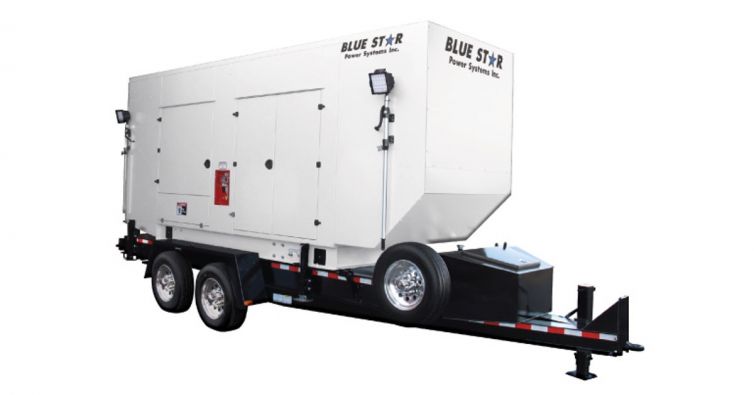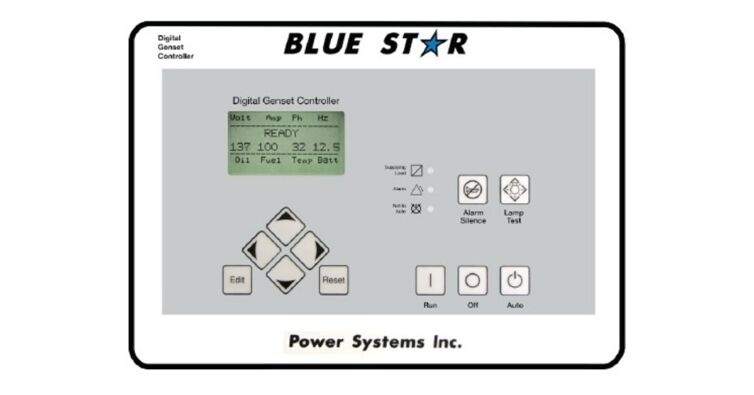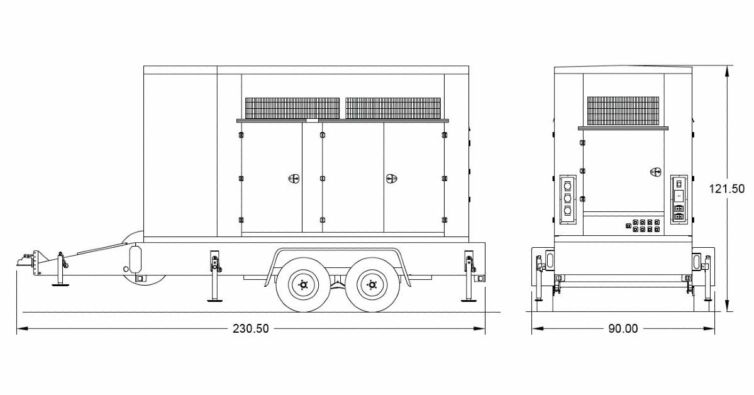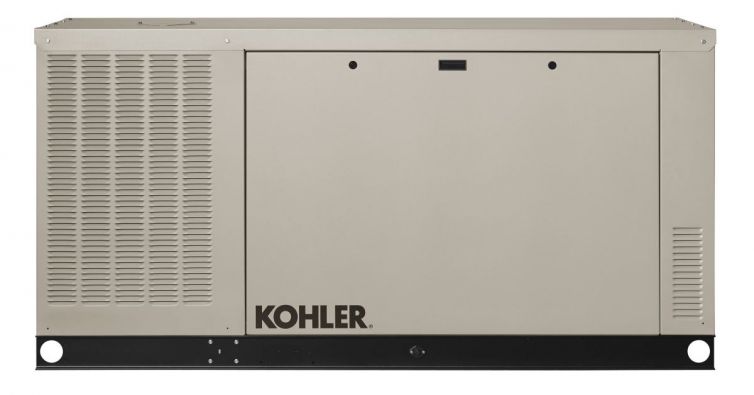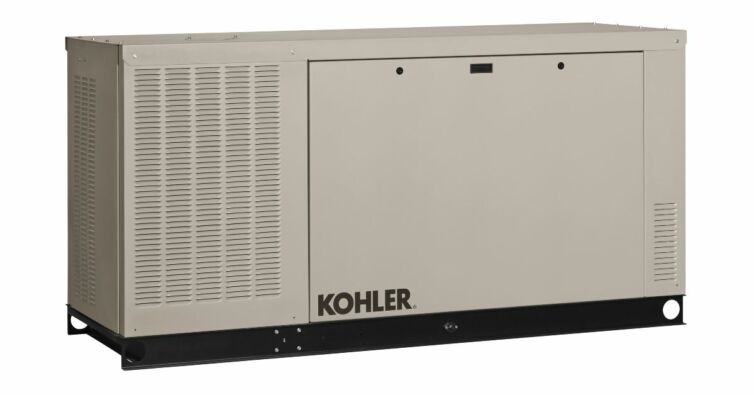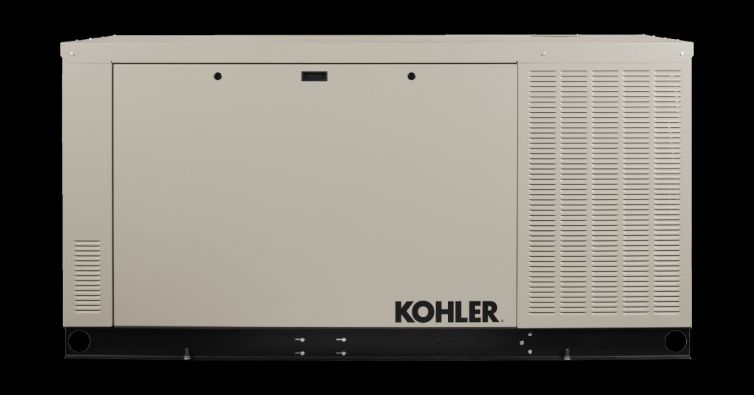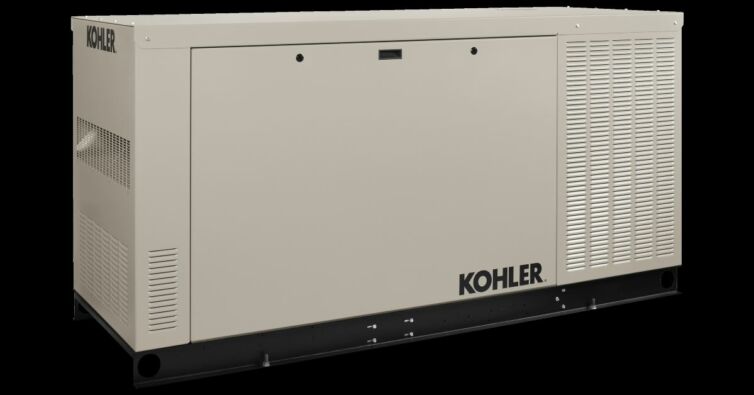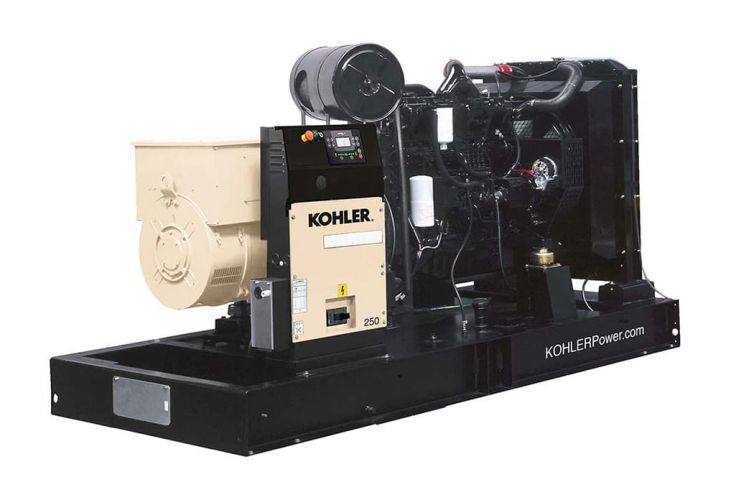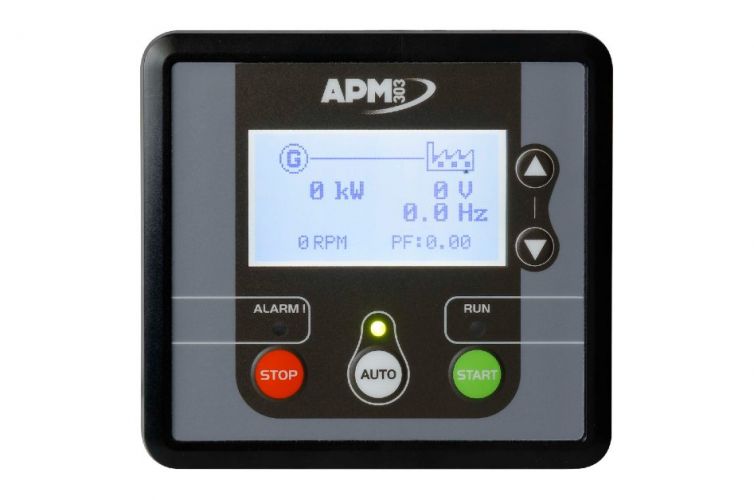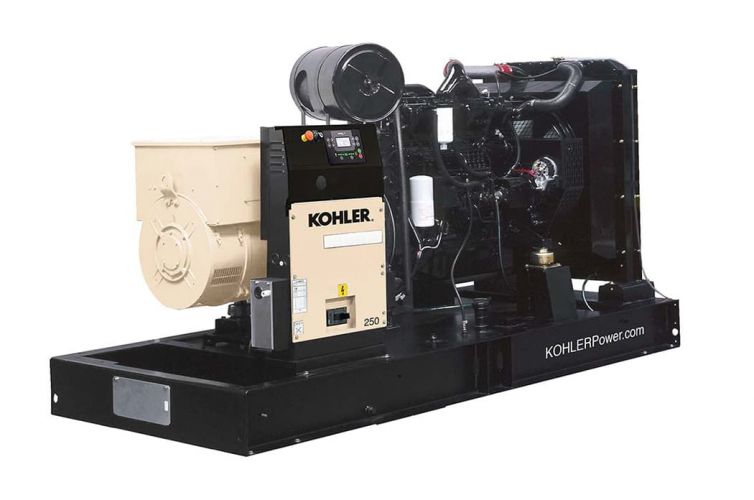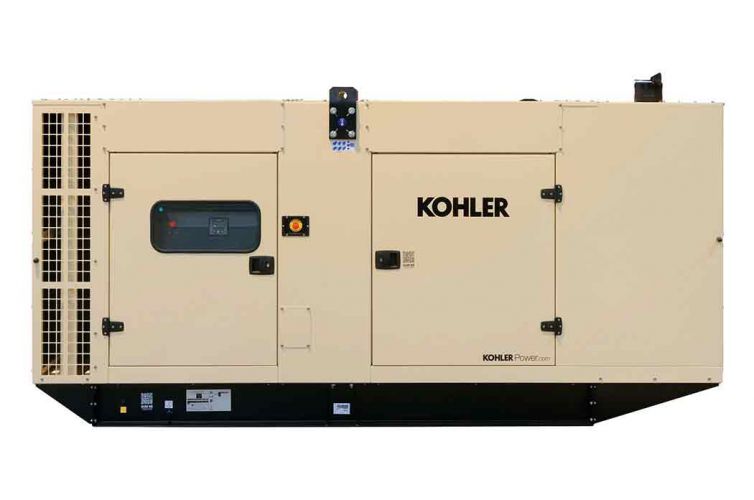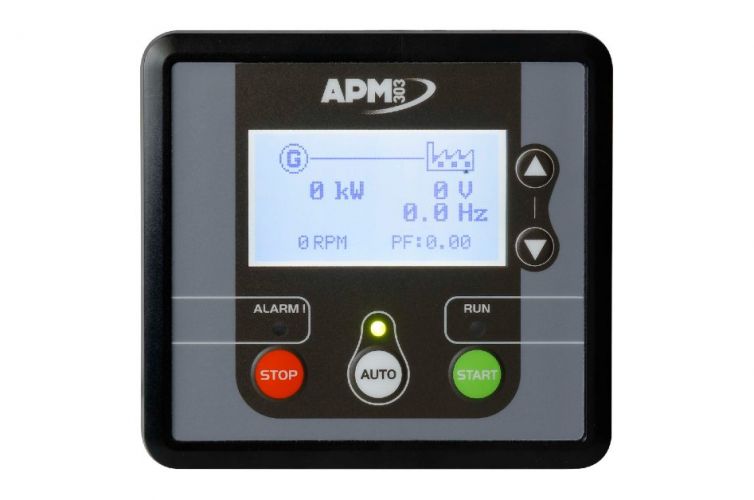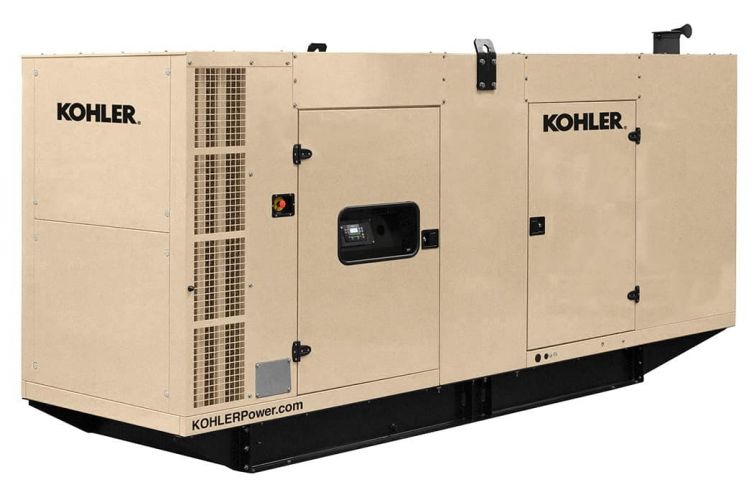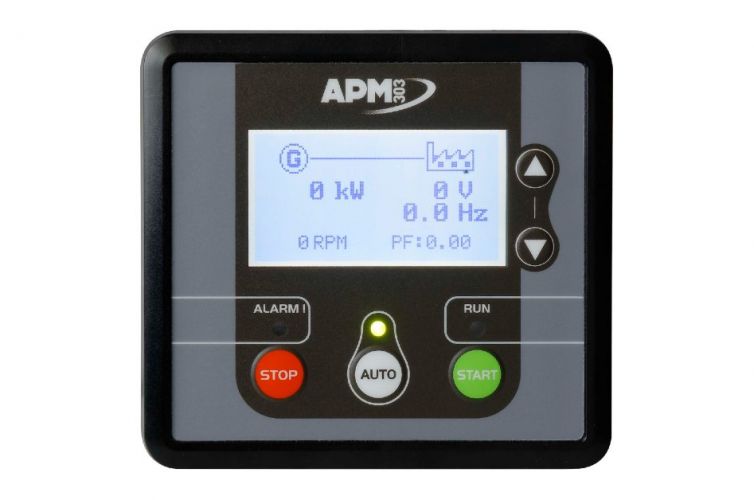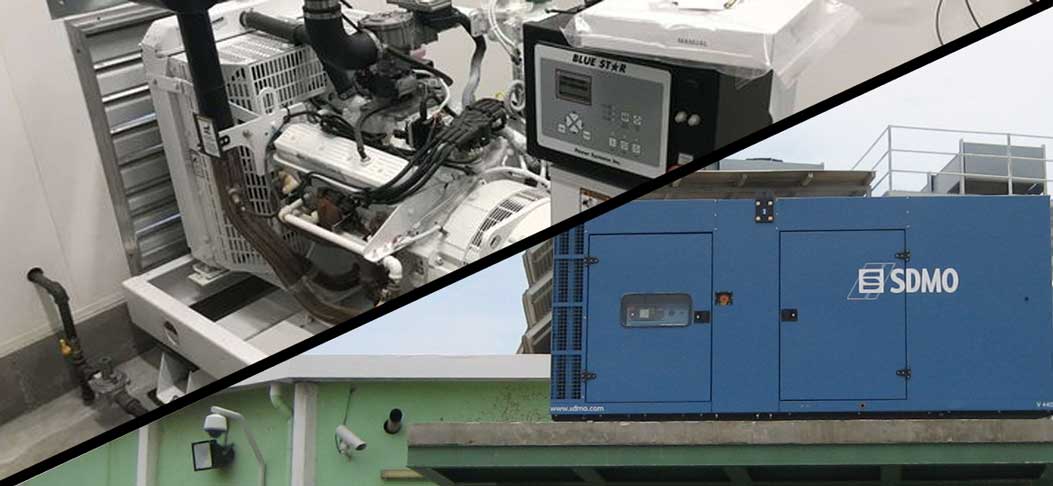
If you’ve been looking for a generator for your home, factory or business you’ve surely come across the following terms: “main generator”, “whole house generator” (for home power) and “standby generator”. But what exactly do these terms mean and what implications do they have?
In a nutshell, these terms refer to how much power the generator can supply in 2 different use cases:
Generators as Primary Power Source: When a generator is used as the primary power source, to dispense the most power compared to other available sources.
Generators as a Standby Power Source: When a generator is used as a backup to the main power source.
Below we delve into each generator classification and discuss the power implications and different scenarios each type of product is best suited for.
Generators as prime power source
A prime generator set is any standard generator set that is used as the primary power source for the load it powers. Generators intended for prime operations are designed to run for long periods of time (24/7 if necessary) as long as the load varies constantly between 50% and 100% peak load of the main rating of the generator.
For example, a generator that is rated at 100kVA means that it can run for an unlimited number of hours as long as the load varies between 50kVA (50% load) and 100kVA (100% load).
In a perfect scenario, a generator should not run below 50% of its rated prime load. This is what we refer to in the industry as light or low load. Low load should be avoided whenever possible because it can cause the engine to not burn fuel properly. This will lead to a buildup of unburnt fuel and soot in the exhaust, which in turn will lower efficiency and could even damage the generator over time.
If you own a primary power source generator and have been running it at low loads for long periods of time, we suggest testing your generator with a load bank every year.
If you need to lightly overload your generator it is important to know that Prime Power Rated generators can run at their highest power for a short run time, typically 1 hour in any 12 hour period. This is very important to know since the power of a generator model refers to the absolute maximum power that can be extracted from a machine but in no case does it imply that it is continuous.
Examples of use cases of generators as a main power source:
Generators as a primary power source are best used in situations where you are far from a utility power source, such as the electrical grid of a home or another building.
Examples of this situation would be open-air festivals or concerts. As open-air festivals are usually held in remote areas, to not disturb local residents, there is usually no access to mains power. As a result, power must be generated on site 24 hours a day for the duration of the event. Prime power generators are perfect for this scenario as their ability to run on variable load means that different equipment such as sound systems or lighting can be powered when required. Other examples of utility are the use cases of facilities without access to the public power grid such as: a farm, a factory, a hotel, a hospital.
Prime running generators can also be made mobile by mounting them on a trailer. This makes them much more useful for off-grid power, as they can simply be towed to wherever power is needed. If you need a generator suitable for mounting on a trailer, call our experts to discuss your requirements in more detail.
SKU: VD100-02FT4MP
SKU: VD125-02FT4MP
SKU: VD150-02FT4MP
SKU: VD200-02FT4MP
Generators as a standby power source
A standby or emergency power generator is one that is installed in a stationary location to provide backup power in the event of a utility power outage. Although there is a difference between generators designed for prime power source and generators designed for standby power source, in use cases, most generators can be used for either.
For generators that can be used for prime and standby power, the standby rating is typically higher than the prime rating. This is because the generator is designed to be able to run at 100% of its prime rating; however, it may be charged up to its nominal reserve value for 1 hour in any 12-hour period.
Standby generators are only intended to run 1 hour in 12 because they are designed to provide backup power to essential equipment and services for a short period of time while utility/grid power is restored. If combined with an automatic transfer switch (ATS panel), the generator will automatically shut down once it detects power has been restored to the building.
Standby generators are increasing in popularity due to the ease with which a storm or severe weather can cause power outages in homes or businesses, and must average 200 to 250 hours of operation per year.
This makes backup generators extremely useful for situations where there is a possibility of temporary power loss. For critical organizations like hospitals and data centers, a power outage is simply not an option. Other uses for a standby generator set also include commercial, residential, and industrial.
SKU: 60RCLB-QS4
SKU: 60RCLB-QS3
SKU: 60RCLB-QS2
SKU: 48RCLC-QS4
Prime generator Vs Standby generator
Use
- Prime generator: Main power source.
- Standby generator: Standby power source.
Generator load
- Prime generator: Variable.
- Standby generator: Variable or Constant.
Operating time
- Prime generator: Unlimited
- Standby generator: 1 hour in any 12 hour period.
Suitable for
- Prime generator: Situations where mains power is inaccessible.
- Standby generator: Emergency power during a power outage.
kVA Rating
- Prime generator: Typically Lower.
- Standby generator: Typically Higher.
Warranty
- Prime generator: Typically Shorter.
- Standby generator: Typically Longer.
This last point is a crucial factor to consider. Yes, the warranty on primary and standby generators often varies depending on the type of operation. For example, the manufacturer’s warranty on a Cummins generator is 2 years or 500 hours for standby operation and 1 year with unlimited hours for prime operation applications.
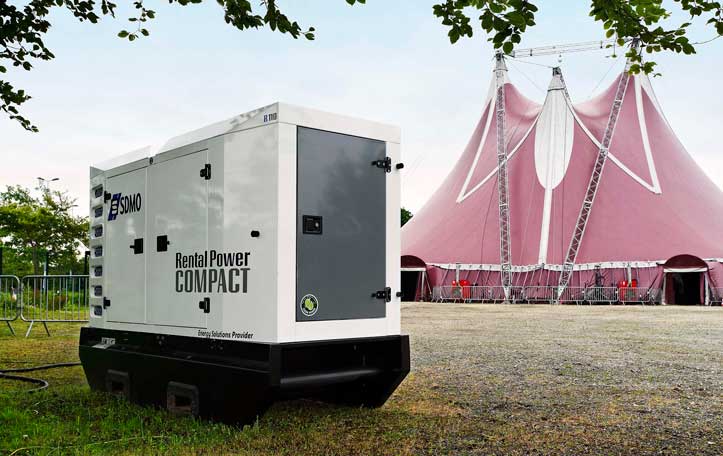
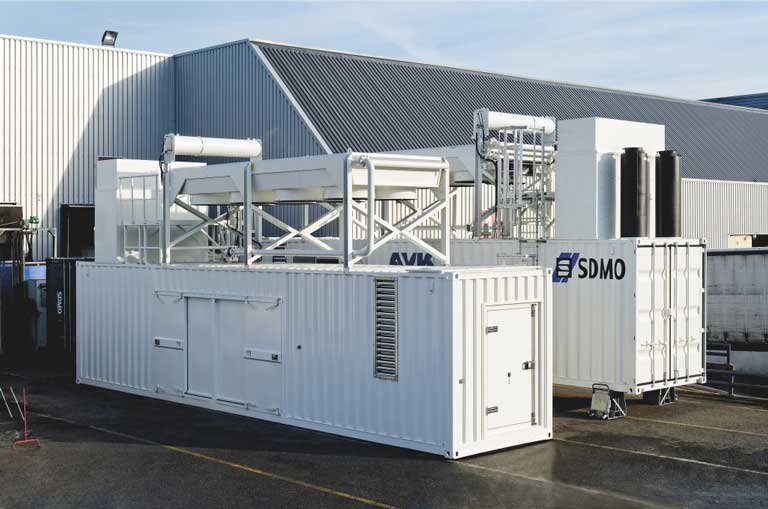

A third classification: Generators as a source of continuous energy.
There is also a third classification of power that you can find in generators. Generators as a source of continuous energy.
Continuous power rating is very similar to prime power, however, with one big difference based in load variability, as we will see below.
Difference between main power generators Vs continuous power generators.
The difference between prime power and continuous power generators lies in the load the generator can handle.
Prime power generators are defined as generators serving unlimited hours of operation on a load that is variable, while continuous power generators are defined as generators serving unlimited hours of operation on a constant load.
If continuous power is what you need, you may need to reconsider which model of generator to purchase, as the continuous rating of a multi-purpose generator is often considerably lower than its prime rating and being objective there even may be a savings opportunity.
SKU: XM-D250UIV
SKU: XM-D250UIV_480
SKU: XCD300U4-01G_480
SKU: XM-D400UIV-A303
For more information or to discuss your power requirements with our customer service team, please call us to +1.954.657.7777 or email info@bnhgenerators.com.


